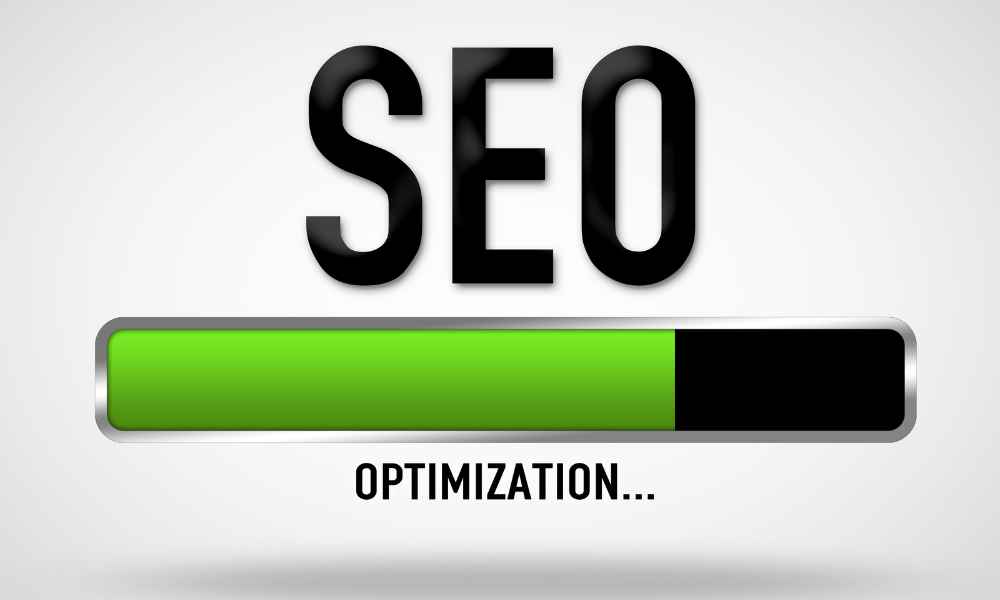In the world of digital marketing, SEO (Search Engine Optimization) is a crucial component for improving the visibility and ranking of websites on search engine results pages (SERPs). SEO can be broadly categorized into two main types: On-Page SEO and Off-SEO. Understanding the distinctions between these two types is essential for developing a comprehensive SEO strategy. This article will delve into what On-Page and Off- SEO are, how they differ, and why they are both vital for successful SEO campaigns.
Understanding On-Page SEO
On-Page SEO refers to the practices and techniques implemented directly on the web pages to improve their ranking and visibility on search engines. This type of SEO focuses on optimizing individual pages to make them more search engine friendly and relevant to the user’s search intent.
Key Components of On-Page SEO
Keyword Optimization
Title Tags: The title tag is one of the most important on-SEO elements. It should include the primary keyword and be crafted to attract clicks.
Meta Descriptions: Meta descriptions provide a summary of the page content and should include relevant keywords to improve click-through rates.
Header Tags (H1, H2, H3, etc.): Proper use of header tags helps search engines understand the structure and hierarchy of the content.
Content Quality
Original and Valuable Content: High-quality, original content that provides value to users is essential for on-SEO. It should be relevant, informative, and engaging.
Keyword Density: While it’s important to include keywords naturally within the content, overuse can lead to keyword stuffing, which is penalized by search engines.
URL Structure
Clean URLs: URLs should be clean, descriptive, and include relevant keywords. Avoid using long strings of numbers or irrelevant characters.
Internal Linking
Linking to Other Pages: Internal links help distribute page authority across your site and make it easier for search engines to crawl and index your pages.
Image Optimization
Alt Text: All images should have descriptive alt text that includes relevant keywords. This helps with image search optimization and accessibility.
File Names: Use keyword-rich file names for images.
Mobile Friendliness
Responsive Design: Ensure that your website is mobile-friendly and offers a seamless experience across all devices.
Page Load Speed
Optimized Performance: Fast-loading pages are crucial for both user experience and SEO. Use tools to measure and improve page speed.
Understanding Off-Page SEO
Off-Page SEO, on the other hand, refers to the actions taken outside of your own website to impact your rankings within search engine results pages. This type of SEO focuses on increasing the authority and trustworthiness of your site through external means.
Key Components of Off-Page SEO
Backlink Building
Quality Over Quantity: Obtaining backlinks from high-authority sites is more beneficial than getting numerous links from low-quality sites.
Natural Links: Links should be acquired naturally over time rather than through manipulative tactics.
Social Media Engagement
Brand Awareness: Active engagement on social media platforms can increase brand awareness and drive traffic to your site.
Content Sharing: Encouraging users to share your content can generate more backlinks and improve your site’s visibility.
Guest Blogging
Authoritative Contributions: Writing high-quality guest posts for reputable blogs in your industry can help you gain exposure and backlinks.
Influencer Outreach
Collaborations: Partnering with influencers in your industry can amplify your reach and attract more traffic to your site.
Online Reviews
Positive Feedback: Encouraging satisfied customers to leave positive reviews on popular review sites can enhance your online reputation and improve local SEO.
Why Both On-Page and Off-Page SEO are Important
Both On-Page and Off-SEO are critical for a well-rounded SEO strategy. While On-SEO ensures that your website is optimized for search engines and provides a great user experience, Off-SEO helps build your site’s authority and credibility through external efforts. Combining both strategies can significantly enhance your chances of ranking higher in search results.
Implementing a Balanced SEO Strategy
To achieve the best results, it’s important to implement a balanced SEO strategy that includes both On-Page and Off-SEO techniques. Here are some steps to help you get started:
Conduct Thorough Keyword Research
Use keyword research tools to identify relevant keywords with high search volume and low competition.
Optimize Your Website Content
Ensure your website content is high-quality, keyword-optimized, and structured properly with header tags.
Improve Site Performance
Focus on improving page load speed, mobile responsiveness, and overall site usability.
Build High-Quality Backlinks
Develop a backlink strategy that focuses on acquiring links from authoritative sites in your industry.
Engage on Social Media
Regularly post and interact with your audience on social media platforms to increase brand visibility and drive traffic to your site.
Monitor and Analyze Performance
Use SEO tools to track your site’s performance and make data-driven adjustments to your strategy.
What is the difference between On-Page and Off-Page SEO?
On-Page SEO refers to optimization techniques implemented directly on the web pages, while Off-SEO involves actions taken outside of the website to improve its ranking.
Why is On-Page SEO important?
On-SEO is important because it ensures that your website is optimized for search engines and provides a great user experience, which can lead to higher rankings and increased traffic.
How can I improve my Off-Page SEO?
You can improve your Off-SEO by building high-quality backlinks, engaging on social media, guest blogging, and collaborating with influencers.
What are some common On-Page SEO techniques?
Common On-SEO techniques include optimizing title tags, meta descriptions, header tags, URL structure, internal linking, and image optimization.
Conclusion
In conclusion, understanding and implementing both On-and Off- SEO techniques are essential for achieving higher rankings and increasing the visibility of your website. By optimizing your web pages and building external authority, you can create a comprehensive SEO strategy that drives traffic and improves your online presence. If you’re looking for expert assistance in SEO, WebDignify provides excellent service to help you achieve your goals. Contact WebDignify now to get the service you need and take your website’s SEO to the next level.
